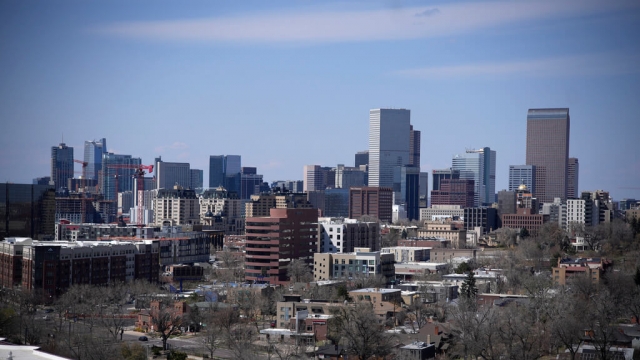If you live in a metropolitan area, how many times would you say you visit downtown? For many people, the answer is increasingly becoming not often.
A new report from the National Association of Realtors shows many cities are recovering quickly from the pandemic as cities like Miami, Minneapolis, Denver, and Dallas have seen more people moving in 2022 compared to 2019; but even though more people are moving to these cities, their downtowns are still struggling.
In the case of Minneapolis, for example, the city has seen 41.2% more people move there in 2022 compared to 2019, but its downtown has seen only 41% of the cell phone activity as it did in 2019.
The trends suggest that even though more people are moving back to metropolitan areas, they are not inhabiting those cities' downtown spaces.
"We're talking about how do we keep communities functioning in the face of some sort of external shock to our system," said Deserai Crow, a professor of public affairs at the University of Colorado Denver. "In this case that shock is the pandemic."
Crow studies city resiliency in the face of adversity. In the case of the pandemic, her research team has found state legislatures are not doing as much to prioritize downtown revitalization as they could be.
SEE MORE: Can controversial zoning changes tackle affordable housing issues?
"There are a lot of bills introduced, but a lot of them are posturing or political gamesmanship," said Crow. "Very few [bills] have been passed so I think this is an opportunity before the pandemic is totally forgotten for municipal governments, county governments to advocate with state governments and the federal government to ensure that there are the resources to rethink our downtown spaces."
One of the major drivers of this downtown exodus is the rise in working from home. Fewer office spaces are filled, and as a result fewer people venture to businesses in the heart of the city. That has been the case for Sam's No. 3 Diner in Downtown Denver. Though the city has seen a 27% rise in people moving there, Denver's downtown has seen a 38% drop in cell phone activity.
"The city felt so good pre-pandemic," said the diner's owner, Sam Armatas. "In 2019, it felt like this city was on fire- there were people walking around having a great time. Now, it's hard to watch what's happened downtown, actually, especially the last year and a half."
Armatas says his diner is still operating at 66% of its staffing levels compared to before the pandemic. It has also cut its operating hours from 6 a.m.-10 p.m. to 7 a.m.-2 p.m.
"We just need some fresh ideas," said Armatas. "We need to get people back down here. I'd hate to see it like it was in the late 70s, early 80s when it was kind of a ghost town."
Crow says the lack of funding from state legislatures threatens places like Sam's No. 3 Diner. More money, she says, would help construct housing and anchor institutions like the arts to attract customers and activity.
"If [businesses] see that you're also building housing then they're probably more likely to take a risk on a downtown area that seems to have dried up, but it really hasn't, but I think that's the perception," said Crow. "It's a big snowball effect."
SEE MORE: Pandemic inmate policy not the cause of increased crime
Trending stories at Scrippsnews.com




